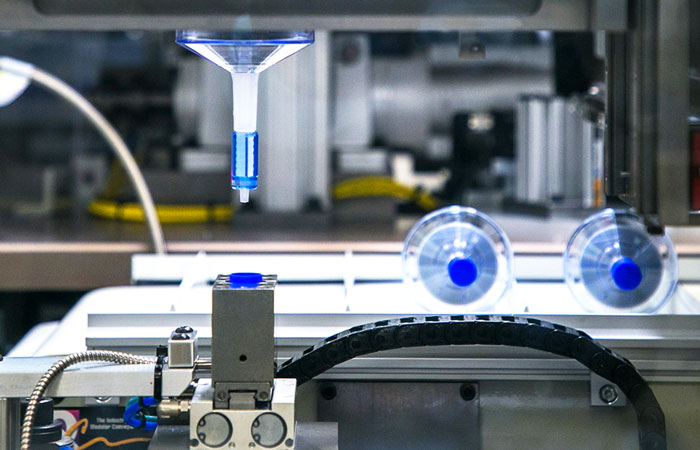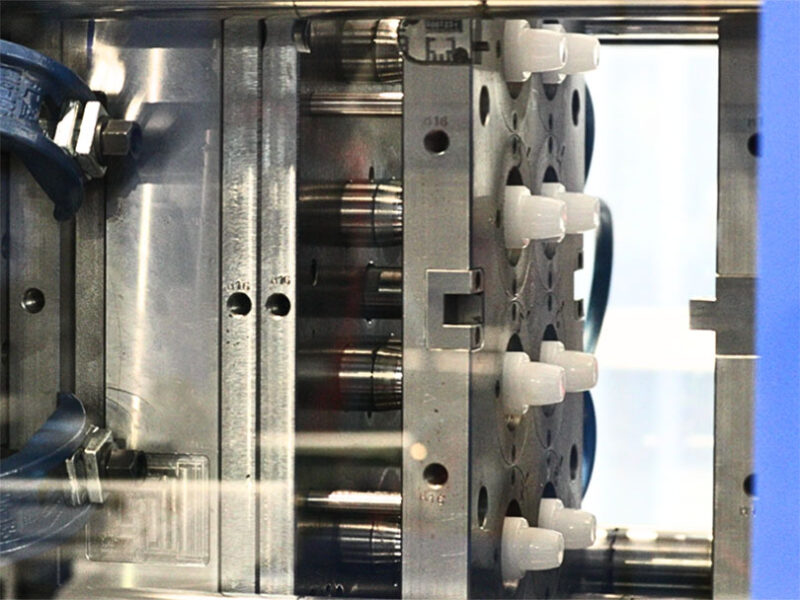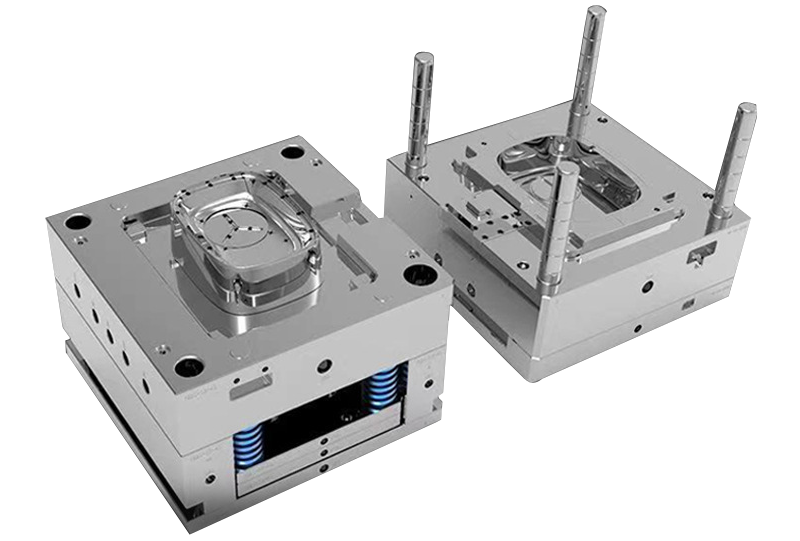The Future of Plastic Injection Molding: Technologies and trends to View
As the plastic shot molding sector evolves, a number of crucial fads are arising that promise to reshape its landscape. Automation and smart manufacturing methods are established to boost performance, while the change towards sustainable materials reflects a growing environmental consciousness. Improvements in 3D printing are leading the method for unmatched style versatility. Nevertheless, these advancements likewise yield obstacles that need cautious consideration. Recognizing exactly how these aspects will interact and affect future techniques is vital for stakeholders seeking to navigate this transformative period properly.
Automation and Smart Production
As the plastic injection molding sector progresses, automation and wise production are taking center phase, transforming manufacturing processes - Plastic Injection Molding. The integration of sophisticated technologies such as robotics, IoT (Net of Things), and expert system is making it possible for manufacturers to boost effectiveness, reduce functional costs, and boost product top quality. Automated systems improve operations, reducing hand-operated intervention and raising throughput, which is important in fulfilling the rising need for rapid production cycles
Smart making innovations promote real-time monitoring and information evaluation, allowing business to maximize device efficiency and predict maintenance demands. This proactive method not just minimizes downtime however additionally expands the lifespan of devices. In addition, making use of collective robotics, or cobots, boosts the flexibility of production lines, making it possible for devices and employees to run alongside safely and efficiently.
The adoption of automation in plastic injection molding is not merely a pattern however a calculated essential for companies aiming to stay competitive in a worldwide market. By taking advantage of these innovations, makers can accomplish greater precision, minimize waste, and adapt quickly to changing customer demands, positioning themselves for lasting development in a significantly computerized future.
Lasting Materials and Practices
The push towards automation and smart production has actually led the method for a greater emphasis on lasting products and methods within the plastic injection molding industry. Firms are significantly looking for environment-friendly options to conventional petroleum-based plastics, leading to the fostering of recycled and bio-based materials. These sustainable products not just decrease environmental influence however also straighten with customer demand for greener items.

Moreover, collaboration between producers, material vendors, and ecological companies is promoting technology in the growth of lasting products that fulfill efficiency criteria without endangering top quality. As laws around plastic use come to be more stringent, the market is poised to adapt by embracing these sustainable approaches, ensuring long-term viability and reducing dependence on non-renewable sources. The combination of sustainability into plastic injection molding is not merely a fad; it is coming to be a necessary element of business responsibility and operational quality.
Developments in 3D Printing
Recent developments in 3D printing technology are dramatically changing the landscape of plastic injection molding. The integration of additive production procedures enables the quick prototyping go to website of intricate geometries that were when challenging or difficult to accomplish through typical techniques - Plastic Injection Molding. This ability not only speeds up product advancement cycles but likewise reduces product waste, aligning with the expanding need for sustainable production methods
In addition, the development of crossbreed manufacturing methods, which combine 3D printing and injection molding, supplies producers the capacity to create complex designs while preserving the performance of mass production. This technique makes it possible for the production of personalized components tailored to certain consumer requirements without compromising the rate and scalability that injection molding gives.
Additionally, improvements in products, such as high-performance polymers and composites particularly created for 3D printing, are boosting the functional abilities of published parts. These products can endure higher anxiety and show improved thermal homes, making them ideal for even more requiring applications.
As 3D printing continues to evolve, its combination into plastic injection molding procedures guarantees to boost performance, lower costs, and foster innovation in product design, positioning producers to better satisfy the difficulties of an open market.
Data Analytics and IoT Combination
Data analytics and the combination of the Web of Things (IoT) are transforming plastic injection molding by offering producers with unprecedented insights into their procedures. By leveraging real-time information accumulated from interconnected makers and sensing units, makers can Plastic Injection Molding check performance metrics, determine inefficiencies, and enhance production processes. This data-driven technique promotes anticipating upkeep, reducing downtime and expanding equipment life expectancy.
Additionally, IoT combination allows for enhanced quality assurance. By continually tracking variables such as pressure, temperature, and cycle times, manufacturers can quickly find deviations from established parameters and make adjustments in real time. This not just boosts item uniformity but also minimizes waste and scrap prices.
The blend of information analytics and IoT technologies also encourages makers to adopt even more active production strategies. With accessibility to thorough information analytics, companies can reply to market demands with better versatility, readjusting production schedules and arrangements as required. This versatility is essential in a quickly changing manufacturing landscape.

Personalization and Design Versatility
Just how can customization and design flexibility enhance the competition of plastic shot molding? Personalization permits makers to fulfill specific client demands, fitting distinct dimensions, forms, and functionalities that typical items may not accomplish.
Improvements in design innovations, such as computer-aided layout (CAD) and fast prototyping, more boost this trend. These devices make it possible for designers to produce complex geometries and detailed patterns, which can be effortlessly integrated right into the production procedure. Therefore, suppliers can react promptly to changing customer choices and market needs.
Additionally, the application of modular tooling systems improves layout versatility, permitting for quicker adjustments between various product layouts without substantial downtime. This adaptability can lead to minimized preparations and lower production prices, making companies extra dexterous and competitive. Ultimately, accepting modification and layout versatility in plastic injection molding not just elevates product offerings but also reinforces market positioning in an ever-evolving landscape.
Final Thought
The future of plastic shot molding is defined by considerable improvements in automation, sustainable methods, and ingenious materials. Customization through modular tooling and rapid prototyping will certainly make it possible for suppliers to stay receptive and affordable to the dynamic demands of the market.

The future of plastic injection molding is defined by substantial advancements in automation, sustainable methods, and ingenious products.